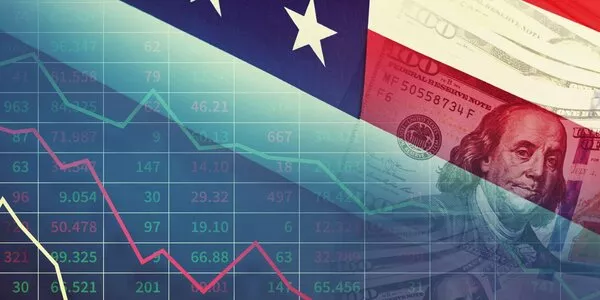
Strategy Focus - Inflation update - June 2022
Inflation can no longer be called “transitory”. In most big economies, inflation continues to outpace the forecasts of economists and central banks. Consumer prices remain on a clear upward trajectory, driven by the general resurgence in demand post-Covid, successive squeezes on production from Chinese health protection measures and ongoing pressures on commodity prices made worse by the Ukraine war. It is now obvious that inflation is feeding through to most sectors and wage pressures are starting to appear in developed economies, raising fears inflation could bed in and talk of the risk of recession.
We still rule out a marked recession scenario Developed economies still face risks to growth and from inflation, but we do not see recession scenario as the likely scenario for developed economies (in the absence of new exogenous shock). We think that without fresh pressure on energy prices, inflation should start to ease off gradually from the autumn. Growth-wise, we expect a fairly sharp slowdown, but also see a number of supportive factors that should head off any serious recession. Labour markets are still healthy. Company balance sheets and household finances are generally robust. And services are returning to the pre-Covid19 level as most sanitary measures take end, which is good news for the economy. These various factors will encourage the tightening of monetary policies already underway.
Heading for “hybrid inflation”, for three reasons:
- Today’s inflation is atypical: much of it is attributable to the Covid and Ukraine shocks.
- It is manifesting differently in different regions: endogenous in the United States, exogenous in Europe and as stagflation in emerging economies.
- Part of it reflects long-term trends: inflation will fall back but remain structurally higher than before, as current shocks will have lasting impacts, adding to the urgency of energy transition and encouraging a move away from globalisation.
We are maintaining our prudent investment strategy, introduced when the war broke out in Ukraine. While some of the downside risks seem to be already priced in by markets, uncertainties about economic policies (especially monetary policy) could continue to weigh in over the short term.




